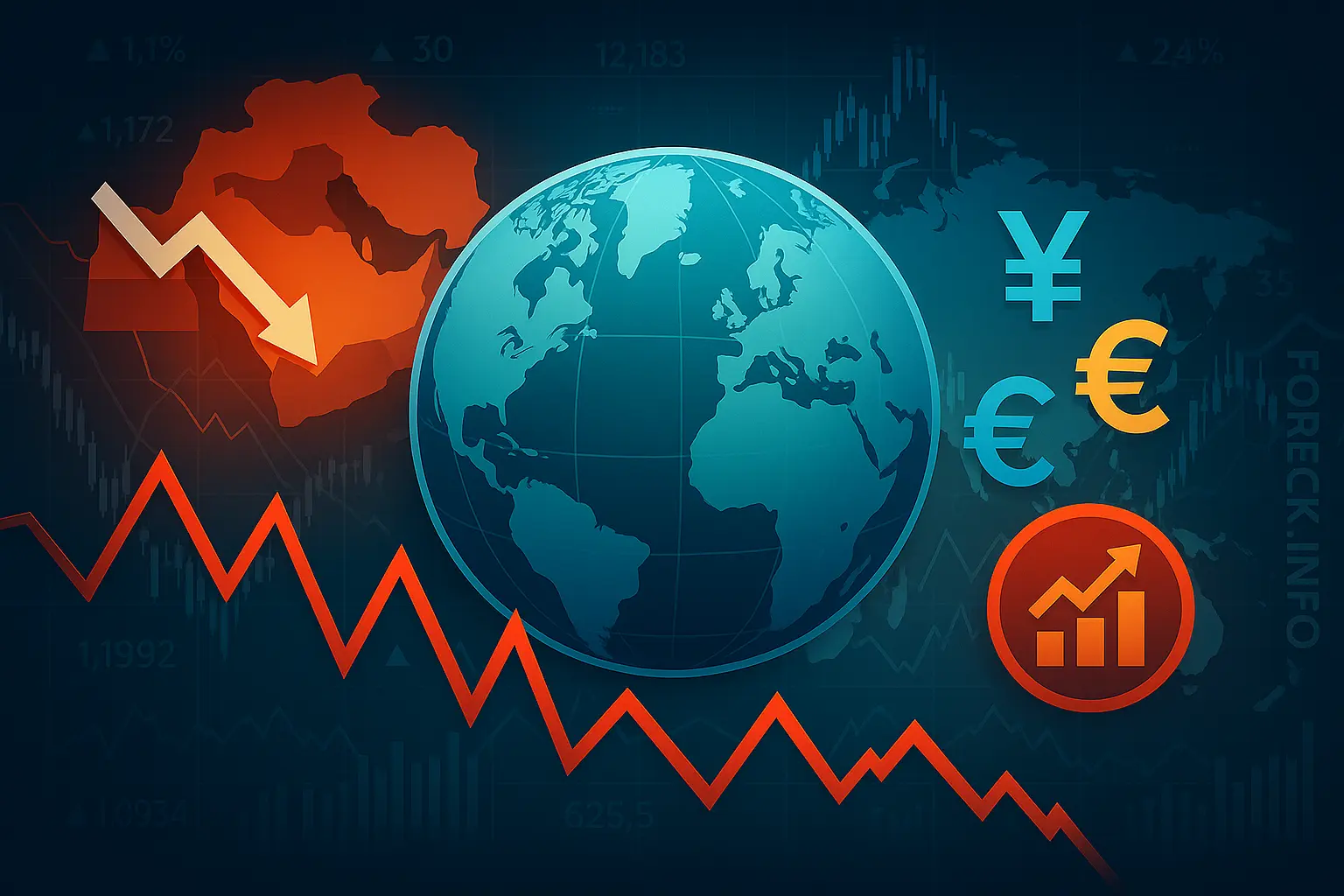Forex and Currency Market News: Dollar, Euro, Pound — Geopolitics and Trade Tariffs Dominate
The spotlight remains on US President Donald Trump’s renewed tariff threats against key trading partners such as Japan and South Korea. If deals are not reached by August 1, a wave of new duties could be enacted—including a 50% tariff on copper imports and a staggering 200% rate on pharmaceutical products. While these higher sanctions will only take effect in a year or more, the president emphasized that the August 1 deadline is final. Commerce Secretary Howard Lutnick told CNBC that more details will be released in the coming weeks. Traders also await this evening’s FOMC meeting minutes, which could provide fresh guidance on the Fed’s inflation outlook and monetary policy trajectory.
Eurozone: Euro Slides on Rate, Trade Uncertainty
The euro continues to weaken against both the yen and dollar as ECB chief economist Philip Lane signaled the central bank will consider not only US tariff escalation, but also broader risks—from security issues to sanctions on foreign investors. Meanwhile, German Chancellor Friedrich Merz voiced optimism for a transatlantic deal this month, but Finance Minister Lars Klingbeil warned of possible EU retaliation against US goods if no accord is reached. Thursday’s German inflation data (expected to show CPI falling from 2.1% to 2.0%) could heighten expectations for further ECB rate adjustments.
United Kingdom: Pound Steady After Bank of England Stability Report
The British pound is firmer against the euro and trades mixed versus the yen and dollar. The Bank of England’s semiannual Financial Stability Report warned of persistent risks from geopolitical uncertainty, global market fragmentation, and sovereign debt pressures—underscoring the potential for sharp corrections in risky assets and sudden shifts in capital allocation.
Japan: Yen Supported by Cautious BOJ Rhetoric
The Japanese yen advances on the euro and trades sideways against the dollar and pound after machine orders data showed a 0.5% annual decline, missing the 3.4% gain expected. BOJ board member Junko Koeda commented that rising food prices remain the key driver of inflation (now near 3.0%), but she noted that it is too soon to predict when the BOJ might return to a more hawkish stance, given ongoing US trade policy uncertainty.
Australia: Aussie Dollar Strengthens Despite Trade Headwinds
The Australian dollar outperforms the euro, pound, and dollar, with mixed movement against sterling. Recent building permit data revealed continued real estate stability (annualized growth 0.5%, monthly jump to 3.2%), while RBA Deputy Governor Andrew Hauser noted that US trade sanctions are being closely monitored, but their actual impact on Australia’s economy remains limited so far.
Oil: Volatile as Geopolitical Risks Build
Oil prices began the day higher but reversed as global trade friction—spurred by President Trump’s tariff rhetoric on copper (50%) and pharma (200%)—increased the threat of economic slowdown and weaker oil demand. API data showed US crude inventories rose by 7.1 million barrels (versus an expected draw of 2.8 million), further weighing on prices. Later today, the EIA report (forecast: –1.7 million barrels) could provide a catalyst for renewed price action.

